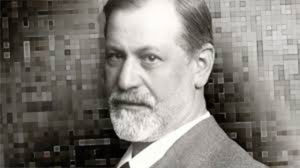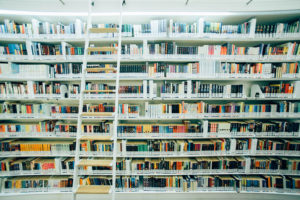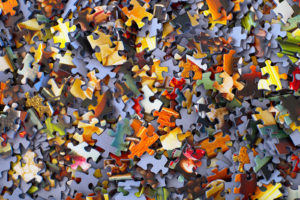L’espace de l’écrit
Résumé
L’environnement numérique transforme l’écrit et fait émerger des dimensions numériques de l’identité individuelle. Les catégories auteur/lecteur tendent à s’estomper, au profit d’une recomposition par agrégation, notamment en fonction des gradients d’activité et de passivité liés aux habiletés techniques.
Ainsi le dessaisissement de l’auteur, thème développé par M. Blanchot bien avant l’émergence du numérique et d’Internet, s’en trouve-t-il réactualisé, mettant en évidence l’hétérogénéité des temporalités et des lieux psychiques, particulièrement évidente chez l’artiste créateur. La création de l’œuvre prend sa source dans la destructivité traumatique sans en délivrer l’artiste, ce qui maintient la dimension compulsive du processus créateur visant à conjurer la perte du rapport au monde et à soi-même. L’œuvre en effet prend place, laissant son créateur dans un non-lieu qui est aussi un hors temps.
L’environnement numérique ouvrirait-il un espace intermédiaire, entre la parole et l’écrit, entre écriture et lecture, recelant un potentiel transitionnel anti-traumatique répondant au décontenancement révélé par notre modernité technologique ?
DE RUIMTE VAN HET SCHRIJVEN
De digitale omgeving transformeert het schrijven en brengt naar de voorgrond digitale aspects van de individuele identiteit. De categorieën schrijver / lezer meestal vervaagt, ten behoeve van een reorganisatie door aggregatie, volgens de gradiënt van activiteit en passiviteit gebonden aan de technische vaardigheden. Dus de afstoting van de auteur, thema ontwikkeld door Maurice Blanchot ruim vóór de opkomst van de digitale technologie en Internet, word bijgewerkt, duidelijk makend de heterogeniteit van de tijdelijkheid en de psychisch topic, bijzonder bij de creatieve kunstenaar. De kunstcreatie ontstaat bij de traumatische vernielzucht, zonder levering voor de kunstenaar, wat houdt de dwangmatige afmeting van de creative proces. Zou de digitale omgeving een intermediaire ruimte openen, tussen gesprek en schrijven, tussen schrijven en lezen, dat een anti-traumatische transitioneel potentieel kunt hebben, als beantwoording tot het verlies van psychisch containers onthuld door onze technologische moderniteit ?
THE SPACE OF WRITING
The digital environment transforms the writing and brings to the foreground digital dimensions of the individual identity. The categories author / reader tend to become blurred, for the benefit of a reorganization by aggregation, in particular according to the gradients of activity and passivity bound to the technical skills. So the idleness of the author, developed by Maurice Blanchot long before the emergence of the digital technology and Internet, becomes updated, highlighting the heterogeneousness of the temporality and the psychic topography, especially for the creative artist. The creation of the work, originated in the traumatic destructiveness, doesn’t deliver the artist, maintaining the compulsive dimension of the creative process. Would the digital environment open an intermediate space, between speach and writing, between writing and reading, offering an anti-traumatic transitional potential that could answer the loss of containments revealed by our technological modernity?





